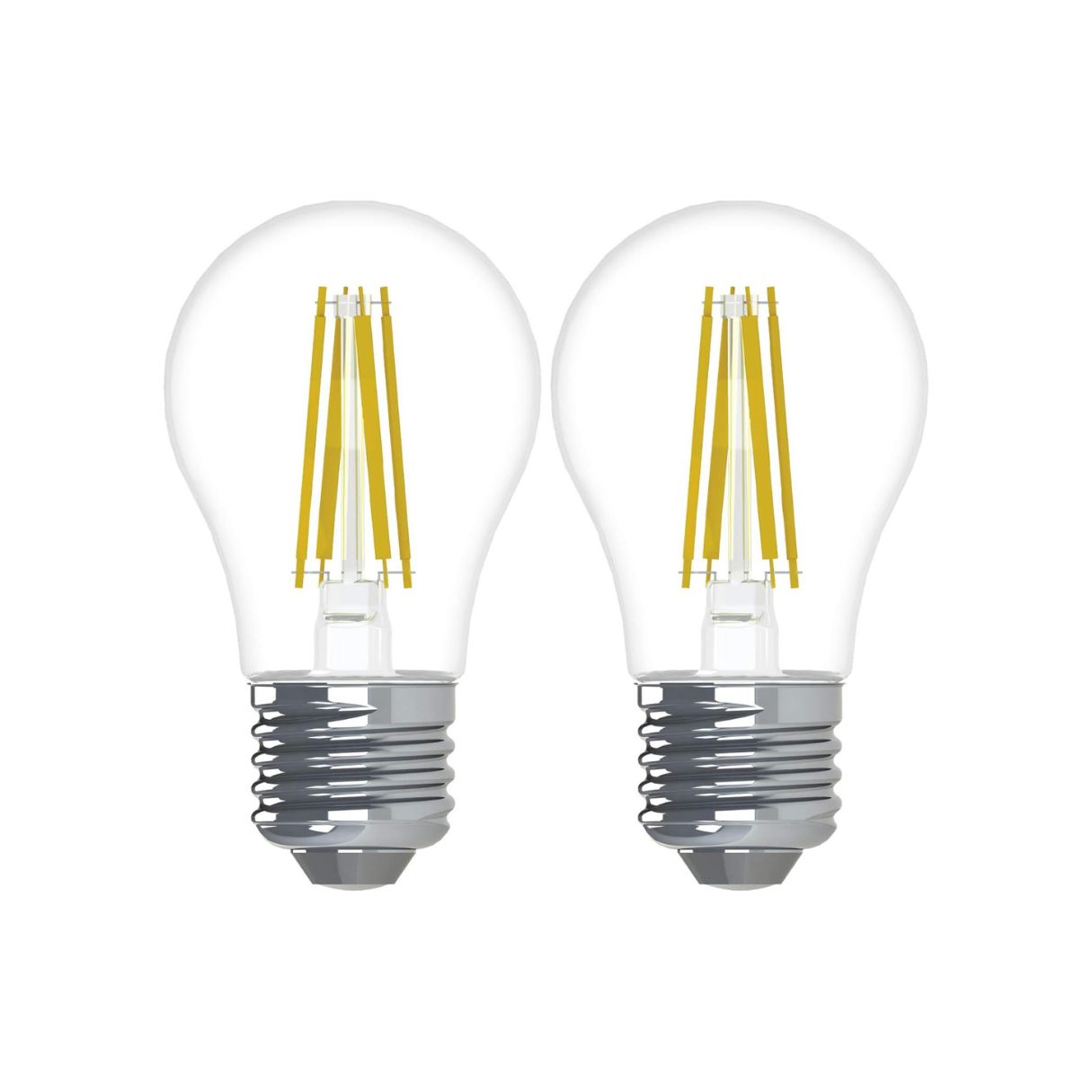

Articles
How Does A 3-Way Light Bulb Work?
Modified: January 5, 2024
Discover how 3-way light bulbs work with this informative article. Understand the mechanics and benefits of these versatile lighting options.
(Many of the links in this article redirect to a specific reviewed product. Your purchase of these products through affiliate links helps to generate commission for Storables.com, at no extra cost. Learn more)
Introduction
Light bulbs have come a long way since Thomas Edison’s invention. Today, we have a wide variety of options to choose from, including energy-efficient LEDs, compact fluorescent bulbs, and the classic incandescent bulbs. Among these options, 3-way light bulbs stand out for their versatility and functionality.
Whether you need bright light for reading, a softer glow for relaxing, or a medium ambiance for a cozy dinner, a 3-way light bulb can effortlessly meet your needs. In this article, we will explore how 3-way light bulbs work, their components, benefits, and common applications.
So, let’s dive in and uncover the inner workings of these fascinating light bulbs.
Key Takeaways:
- 3-way light bulbs offer adjustable brightness levels, making them ideal for creating different atmospheres in living rooms, bedrooms, and offices. They are energy-efficient and compatible with standard sockets, providing versatile lighting solutions for various settings.
- When using 3-way light bulbs, it’s crucial to check compatibility, adhere to wattage limitations, and consider bulb lifespan and energy efficiency. By making informed decisions, users can enjoy the benefits of customizable lighting while ensuring safety and optimal performance.
Read more: How Does An LED Light Bulb Work
What is a 3-way light bulb?
A 3-way light bulb, also known as a tri-light bulb or three-level bulb, is a type of light bulb that offers multiple brightness levels in a single bulb. Unlike traditional light bulbs, which have only one brightness setting, a 3-way light bulb allows you to adjust the light output to your desired level.
These bulbs are designed with two or more filaments of different wattages inside a single bulb, along with a special switch mechanism that allows you to cycle through different brightness levels. The most common variants of 3-way bulbs include 50/100/150-watt and 30/70/100-watt options, allowing you to select low, medium, and high light levels respectively.
One of the key features of 3-way light bulbs is their ability to offer flexibility and control over the lighting ambiance. This makes them a popular choice for areas where variable lighting is desired, such as living rooms, bedrooms, and offices.
It’s important to note that not all lamps or light fixtures are compatible with 3-way bulbs. If you’re considering using a 3-way bulb, make sure that your lamp or fixture has a built-in 3-way switch or a compatible socket that can accommodate the different wattages.
Now that we understand what 3-way light bulbs are, let’s delve into their components and how they work.
Components of a 3-way light bulb
A 3-way light bulb consists of several key components that work in harmony to provide the different brightness levels. Understanding these components will give you a better insight into how 3-way bulbs function.
- Multiple Filaments: Unlike traditional light bulbs that have a single filament, 3-way bulbs contain two or more filaments. These filaments are made of tungsten wire and vary in wattage to produce different levels of light. The filaments are arranged in such a way that they can be illuminated individually or in combination with each other.
- Special Switch Mechanism: A 3-way light bulb is equipped with a special switch mechanism that allows you to select the desired brightness level. This switch is typically located at the base of the bulb or on the fixture itself. By rotating or flipping the switch, you can cycle through the different filaments and adjust the light output accordingly.
- Base: The base of a 3-way light bulb is the part that connects to the lamp or fixture’s socket. The base ensures a secure and stable connection, allowing the bulb to receive electricity and power the filaments. Common types of bases for 3-way bulbs include standard screw-in bases like E26 or E27, as well as bayonet bases like B22.
- Glass Envelope: The glass envelope of a 3-way light bulb encloses the filaments and protects them from external elements. It is made of heat-resistant glass that can withstand the high temperatures generated by the filaments. The design of the glass envelope may vary depending on the manufacturer, but it generally has a similar shape to standard incandescent bulbs.
- Gas Filling: Like traditional incandescent bulbs, 3-way bulbs are filled with an inert gas, such as argon or krypton. This gas helps to improve the bulb’s efficiency and prolong its lifespan by reducing filament evaporation and oxidation.
These components work together to provide the desired brightness levels and create a versatile lighting solution. Understanding the components of a 3-way bulb is essential for selecting the right bulb for your needs and ensuring compatibility with your lamp or fixture.
Now that we have explored the components, let’s move on to understanding how a 3-way light bulb actually works.
How does a 3-way light bulb work?
Understanding how a 3-way light bulb works requires us to delve into its functionality and the interaction between its various components.
When you screw in a 3-way light bulb and turn it on, electricity flows through the base and into the filaments. Each filament is designed to operate at a specific wattage, creating different levels of brightness:
- Low Setting: In the low setting, only the lowest wattage filament is illuminated. This produces a soft and gentle glow, ideal for creating a relaxing and cozy atmosphere. It consumes less energy than the higher settings, making it an energy-efficient option for low-level lighting needs.
- Medium Setting: When you switch to the medium setting, both the lowest and medium wattage filaments are illuminated simultaneously. This combination emits a brighter light compared to the low setting, providing ample illumination for tasks such as reading or working on a computer.
- High Setting: In the high setting, all the filaments, including the highest wattage one, are illuminated. This generates the brightest light output and is suitable for tasks that require maximum visibility, such as detailed work or illuminating larger areas.
The key to the 3-way bulb’s functionality lies in the special switch mechanism. By rotating or flipping the switch, you activate the corresponding filaments and select the desired brightness level. This allows you to easily adjust the lighting according to your preferences and needs.
It is important to note that the switch on the bulb itself may not always have clear markings indicating which setting corresponds to each filament combination. In such cases, it is recommended to refer to the manufacturer’s instructions or experiment with the different switch positions until you achieve the desired brightness level.
Overall, a 3-way light bulb offers a convenient and versatile lighting solution by providing multiple brightness levels in a single bulb. Now that we understand how it works, let’s explore the benefits of using a 3-way light bulb.
A 3-way light bulb works by having two filaments of different wattages inside the bulb. The switch on the lamp or fixture allows you to choose between the two filaments, giving you three levels of brightness.
Benefits of using a 3-way light bulb
3-way light bulbs offer several benefits that make them a popular choice among homeowners and businesses. Let’s take a look at some of the advantages of using a 3-way light bulb:
- Adjustable Lighting Levels: The primary advantage of a 3-way light bulb is its ability to provide multiple brightness levels in a single bulb. This allows you to customize the lighting based on your needs and preferences. Whether you need bright light for tasks, a softer glow for relaxation, or a medium-level ambiance for socializing, a 3-way bulb can easily meet your requirements.
- Energy Efficiency: Another benefit of 3-way light bulbs is their energy efficiency. The ability to dim the bulb to lower brightness levels can help reduce energy consumption and save electricity. By using the low or medium settings when full brightness is not required, you can effectively lower your energy bills and minimize your environmental impact.
- Cost Savings: The energy efficiency of 3-way light bulbs translates into cost savings. By consuming less electricity, you can potentially reduce your lighting expenses over time. Additionally, the longevity of these bulbs ensures that you won’t need to replace them frequently, further contributing to cost savings in the long run.
- Versatility: 3-way light bulbs are highly versatile in their applications. They are suitable for various lighting scenarios, including living rooms, bedrooms, offices, and even outdoor spaces. The adjustable brightness levels make them ideal for creating different moods and atmospheres to suit different activities and occasions.
- Compatibility: While 3-way light bulbs require fixtures or lamps with 3-way switches, they are widely compatible and can fit into standard sockets. This means that you can easily incorporate 3-way bulbs into your existing lighting setup without the need for any special modifications or installations.
These benefits make 3-way light bulbs a practical and efficient lighting solution for both residential and commercial settings. The ability to customize lighting levels, save energy, and reduce costs while enjoying versatile illumination makes them a popular choice.
Now that we have explored the benefits of using 3-way light bulbs, let’s discover the different applications where these bulbs are commonly used.
Read more: How Does Light Bulb Camera Work
Common applications of 3-way light bulbs
3-way light bulbs are versatile lighting solutions that find utility across a wide range of applications. Here are some common scenarios where these bulbs are widely used:
- Living Rooms: The living room is often the central gathering space in a home, and it requires adjustable lighting to cater to various activities. 3-way light bulbs provide the flexibility to switch between different brightness levels, allowing you to create the perfect ambiance for entertaining guests, watching TV, or simply relaxing with a book.
- Bedrooms: Bedrooms are multi-functional spaces where lighting needs can vary. 3-way light bulbs are perfect for bedrooms as they allow you to switch between bright lights for getting ready in the morning, a dimmed soft glow for unwinding before sleep, or an intermediate level for reading in bed.
- Home Offices: Proper lighting is crucial for a productive home office environment. 3-way light bulbs offer adjustable brightness options that can be tailored to your work requirements. Whether you need focused lighting for intense concentration or softer lighting to reduce eye strain during long hours of work, a 3-way bulb can meet your lighting needs effectively.
- Dining Areas: When it comes to creating the right atmosphere for dining, lighting plays a significant role. 3-way light bulbs can help set the mood with their adjustable brightness levels. Whether you’re hosting an intimate dinner or a festive gathering, you can easily switch between different lighting intensities to create the desired ambiance.
- Hotels and Hospitality: 3-way light bulbs are commonly found in hotels and other hospitality establishments. They offer guests the convenience of adjusting the lighting in their rooms to suit their comfort and preference. Guests can easily switch between different brightness levels to create a personalized environment during their stay.
These are just a few examples of the many applications where 3-way light bulbs are commonly used. Their versatility and adjustability make them suitable for a wide range of settings, providing convenience, comfort, and customizable lighting experiences.
Now that we have explored the common applications of 3-way light bulbs, let’s move on to discussing the factors to consider when using these bulbs.
Factors to consider when using a 3-way light bulb
While 3-way light bulbs offer a range of benefits, there are a few factors to consider when using them to ensure optimal performance and safety. Here are some important considerations:
- Check Compatibility: Before purchasing a 3-way light bulb, ensure that your lamp or fixture is compatible with 3-way bulbs. Not all lamps or fixtures have the necessary 3-way switch or socket to accommodate these bulbs. Checking compatibility will help you avoid any compatibility issues or potential hazards.
- Wattage Limitations: Each lamp or fixture has a wattage limitation specified by the manufacturer. Make sure to choose a 3-way bulb that falls within the acceptable wattage range specified for your specific lamp or fixture. Exceeding the wattage limitations can result in overheating, reduced bulb life, or even electrical hazards.
- Consider Bulb Lifespan: Like any other light bulb, the lifespan of a 3-way bulb can vary based on factors such as usage, quality, and environmental conditions. Consider the estimated lifespan of the bulb and factor it into your decision-making process. Investing in high-quality bulbs from reputable brands can help ensure longer-lasting performance.
- Brightness Options: Different 3-way bulbs offer different brightness options. Consider your specific lighting needs and choose a bulb that provides the desired range of brightness levels. Some bulbs may have more than three levels to choose from, offering an even broader range of lighting options.
- Energy Efficiency: While 3-way bulbs are generally energy-efficient, it is still important to check the bulb’s energy rating or look for energy-efficient certifications. Opting for bulbs with high energy efficiency ratings can help reduce your energy consumption and lower your utility bills over time.
- Consider Lighting Design: Depending on your aesthetic preferences and the style of your space, you may want to consider the design and appearance of the 3-way bulb. Look for bulbs with a design that complements your fixtures or lamps, ensuring a cohesive and visually appealing lighting setup.
By considering these factors, you can make informed decisions when using 3-way light bulbs and enjoy their benefits while ensuring safety and optimal performance.
Now that we have covered the various factors to consider, let’s summarize our findings.
Conclusion
3-way light bulbs offer a versatile and convenient lighting solution for a variety of applications. With their multiple brightness levels and adjustable settings, these bulbs allow you to create the perfect lighting atmosphere to suit your needs and preferences.
From living rooms and bedrooms to home offices and dining areas, 3-way light bulbs can enhance the functionality and ambiance of any space. They provide the flexibility to switch between low, medium, and high brightness levels, catering to different activities and moods.
In addition to their adjustability, 3-way light bulbs offer several benefits. They are energy-efficient, allowing you to save on electricity bills and contribute to environmental sustainability. Their compatibility with standard sockets makes them easy to incorporate into existing lighting setups without the need for any special modifications.
However, it is important to consider a few factors when using 3-way light bulbs. Checking compatibility with your lamp or fixture, adhering to the wattage limitations, considering bulb lifespan, and choosing the appropriate brightness options are all important considerations to ensure optimal performance and safety.
In conclusion, 3-way light bulbs are a practical and versatile lighting solution. They provide the flexibility to customize your lighting experience while offering energy efficiency and compatibility. By considering the factors mentioned and making informed decisions, you can enjoy the benefits of 3-way light bulbs and create the perfect lighting atmosphere for every occasion.
So, next time you’re looking to brighten up your living space, consider the versatility and functionality of a 3-way light bulb!
Frequently Asked Questions about How Does A 3-Way Light Bulb Work?
Was this page helpful?
At Storables.com, we guarantee accurate and reliable information. Our content, validated by Expert Board Contributors, is crafted following stringent Editorial Policies. We're committed to providing you with well-researched, expert-backed insights for all your informational needs.
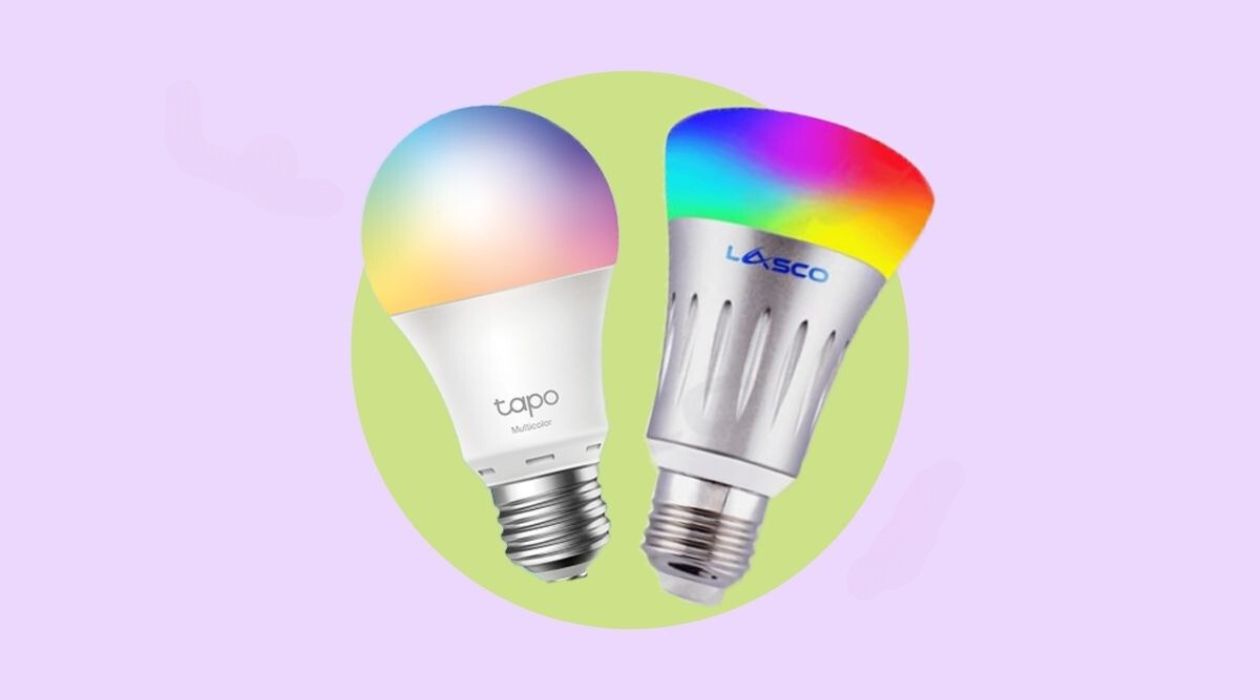
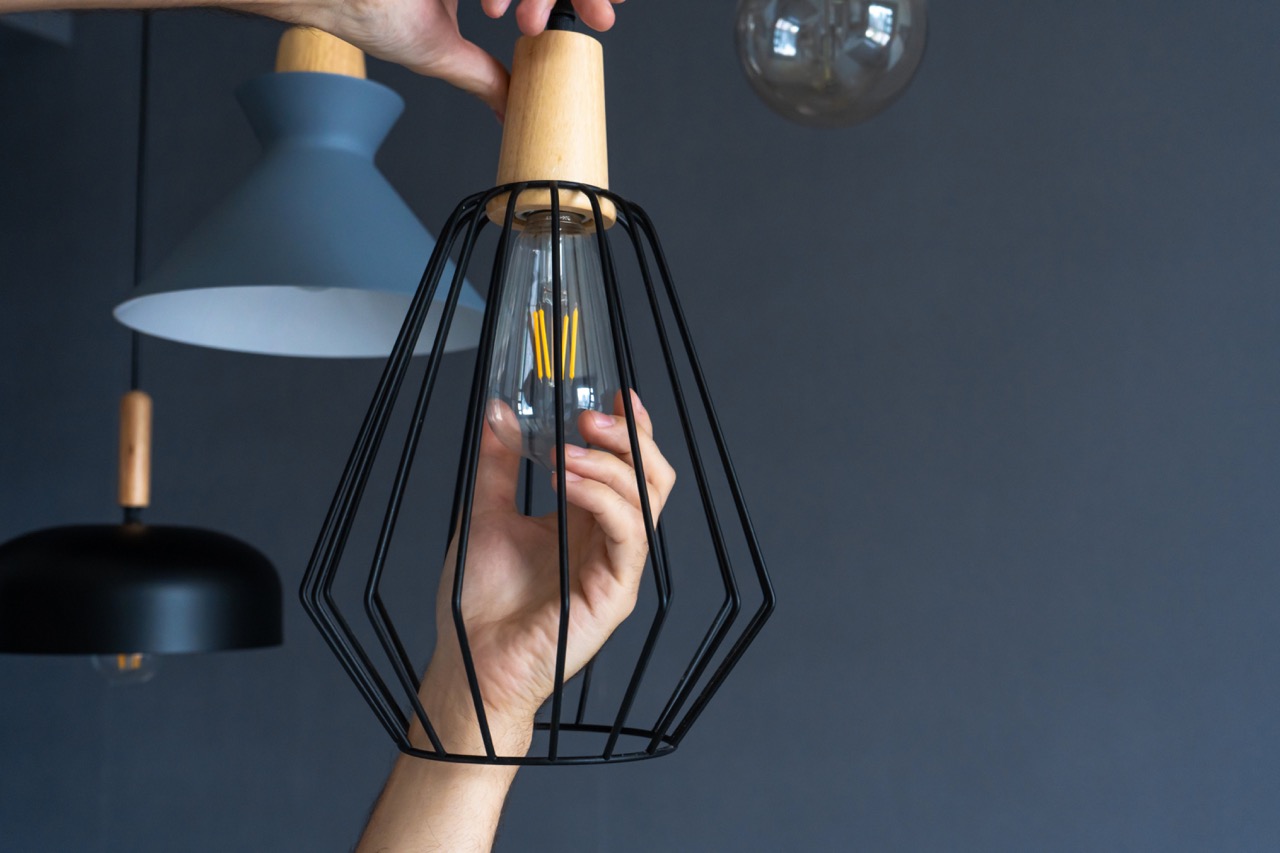
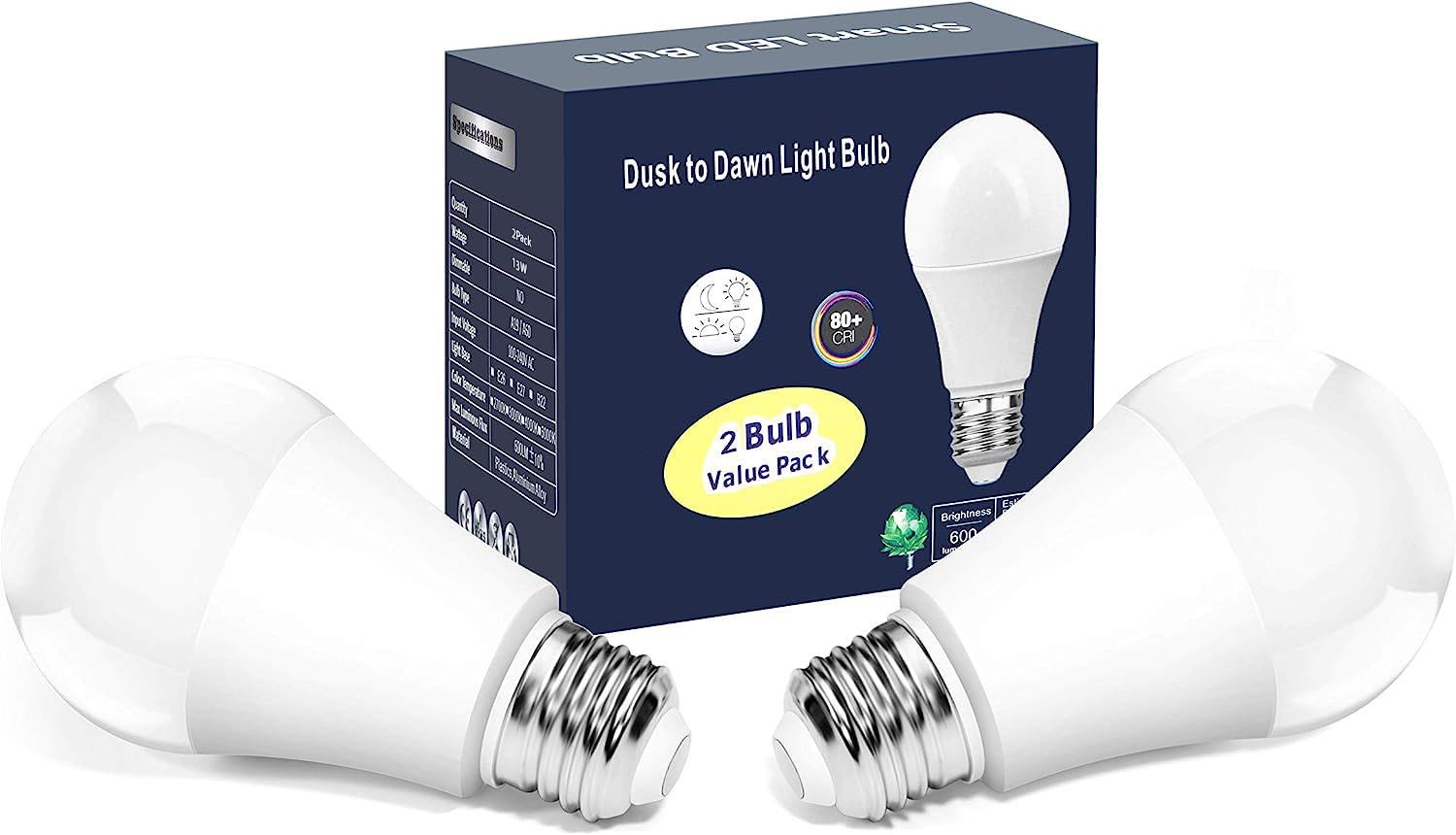
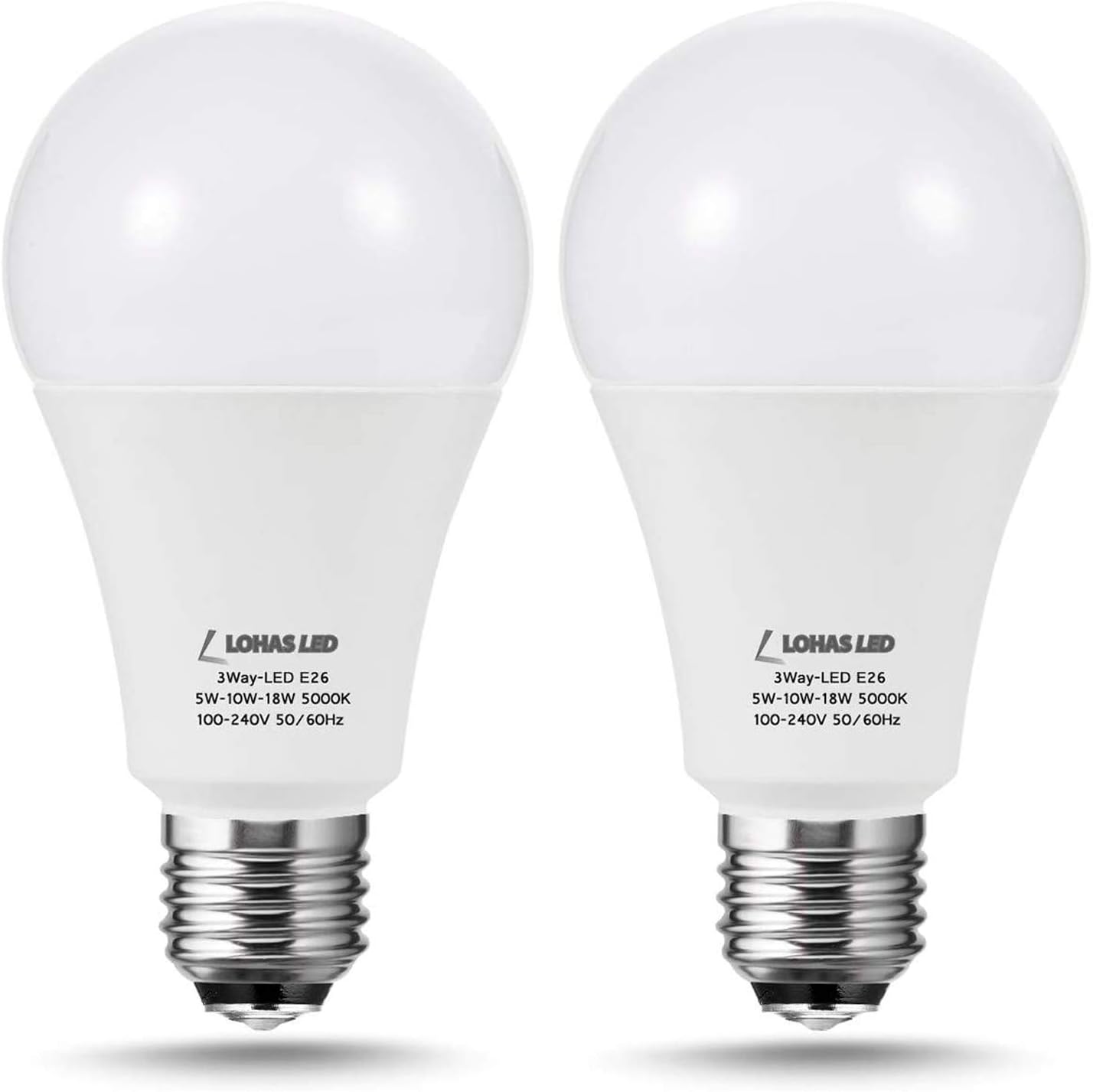
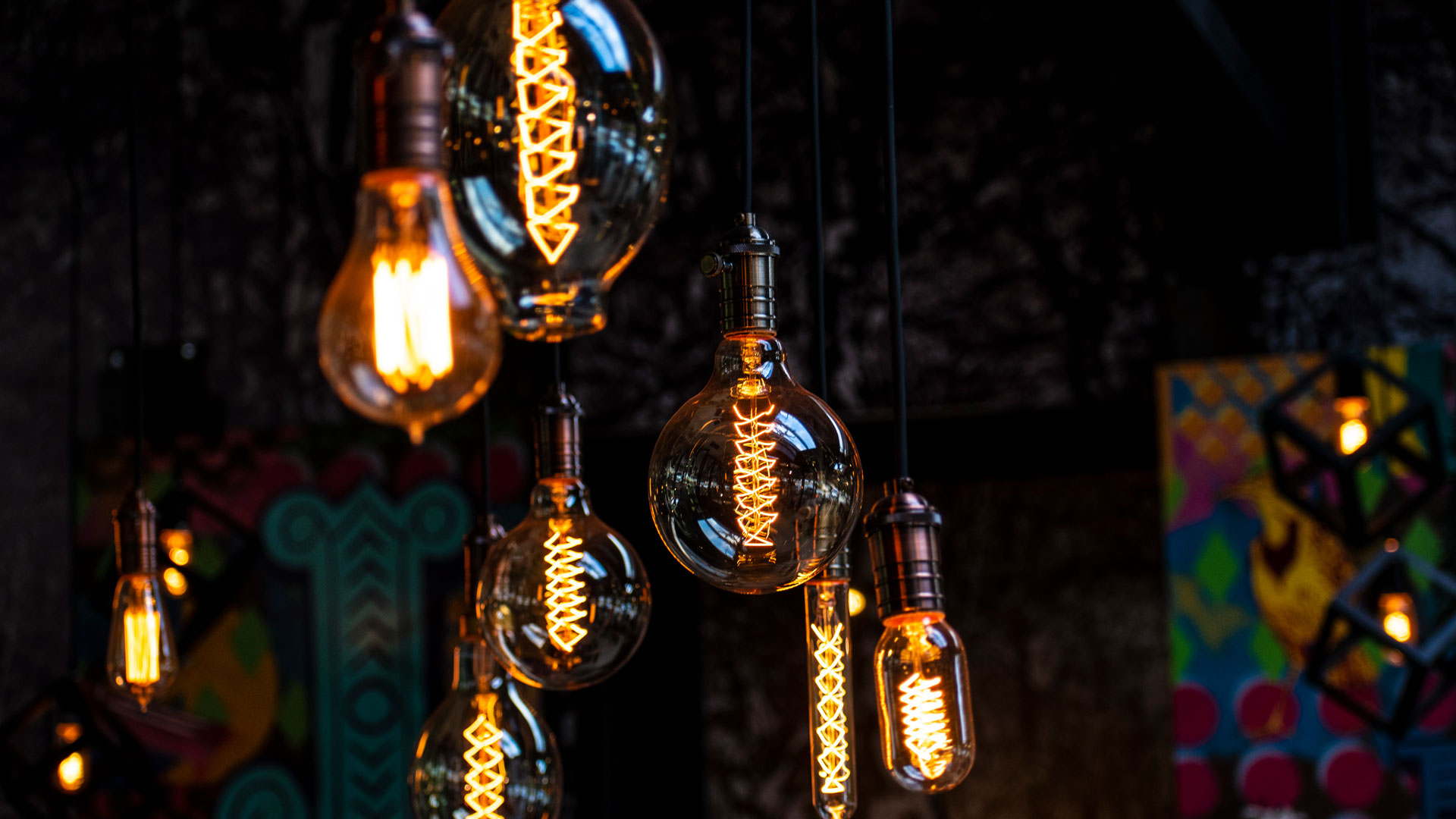
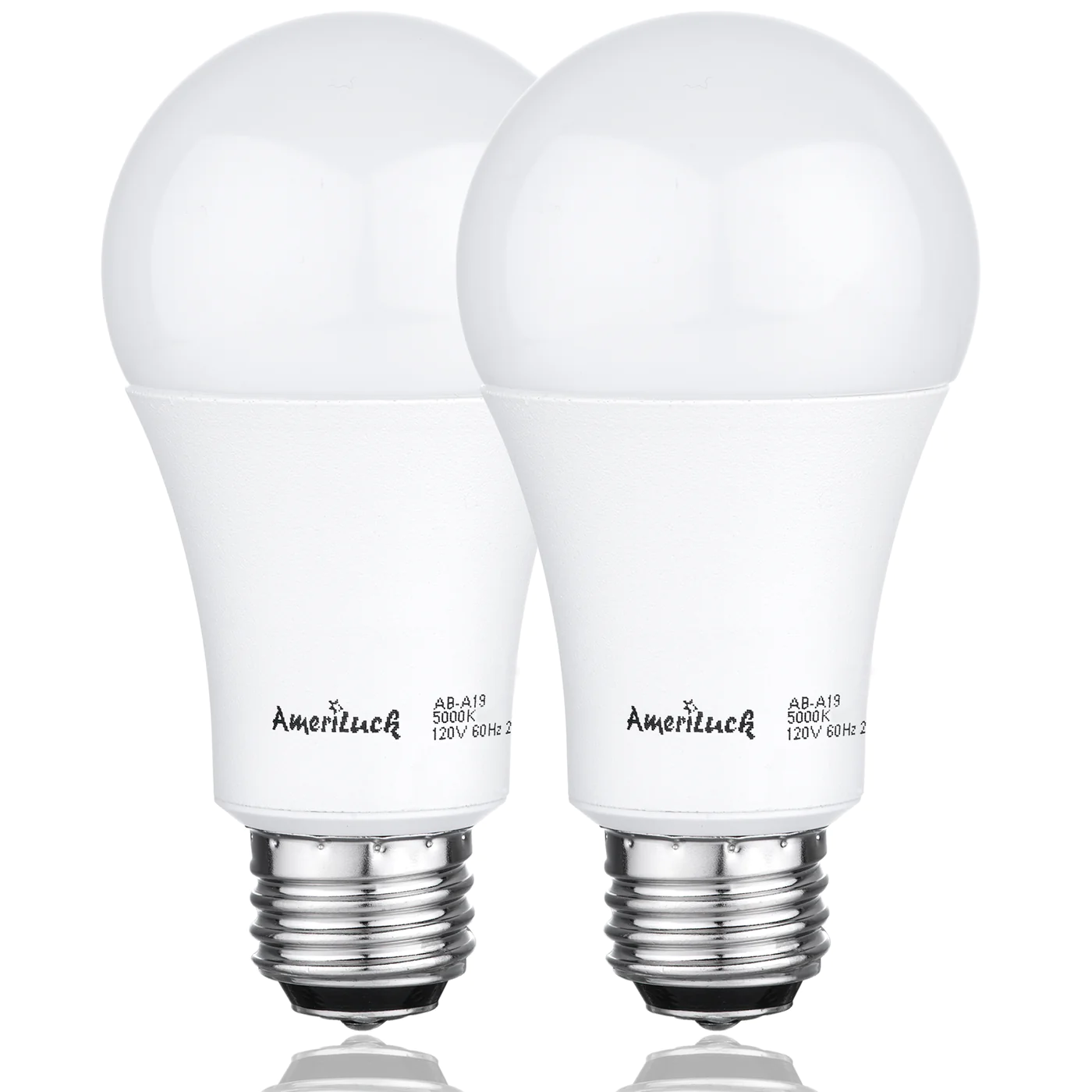
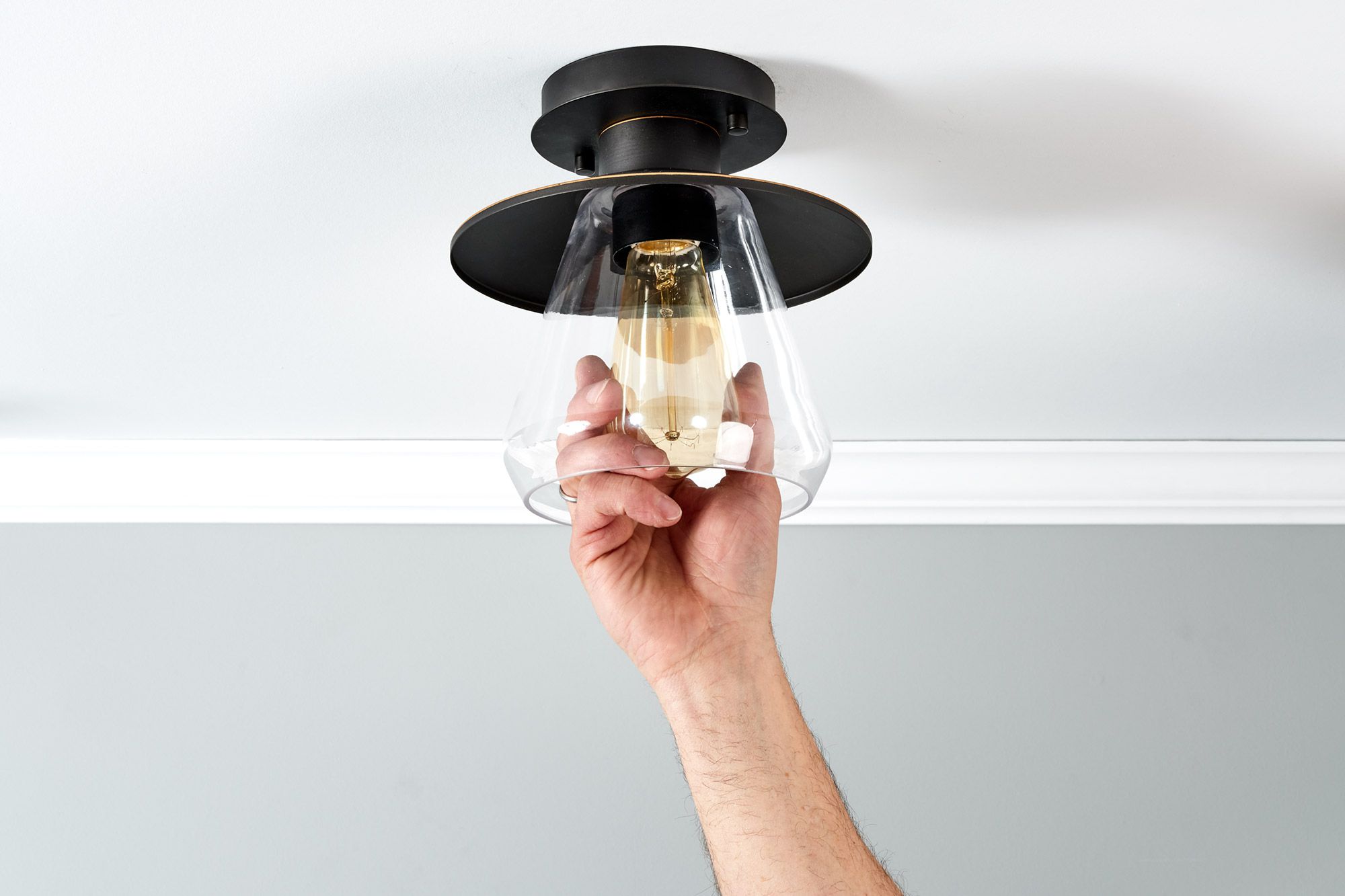

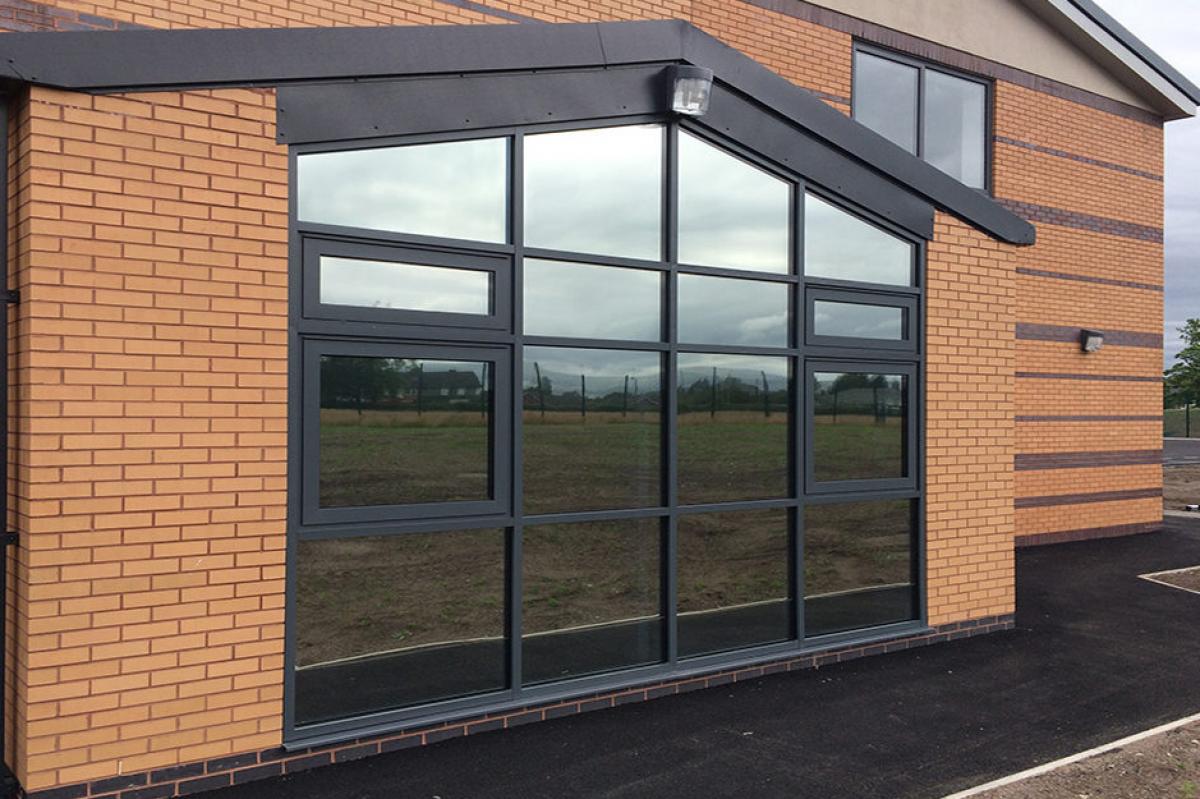
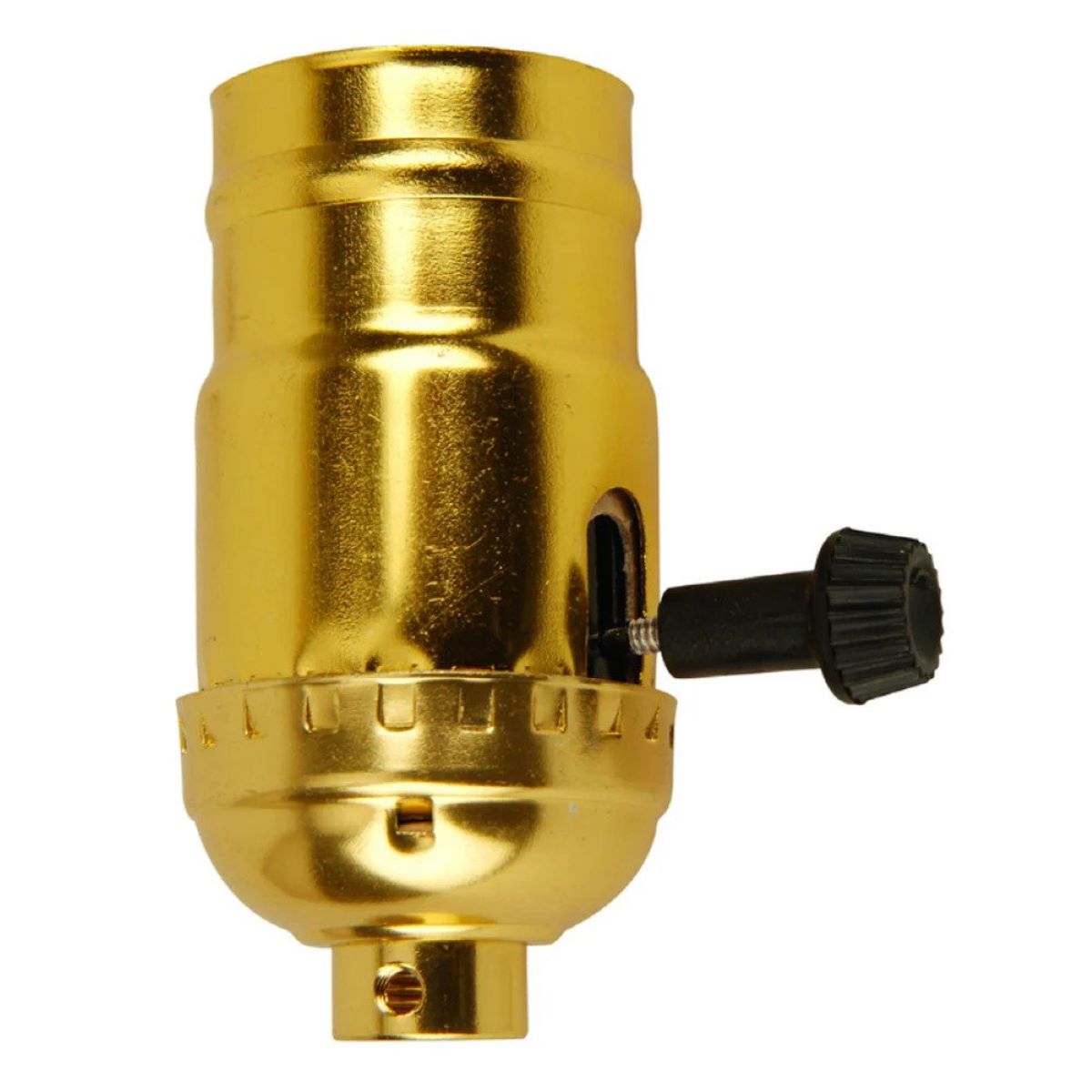

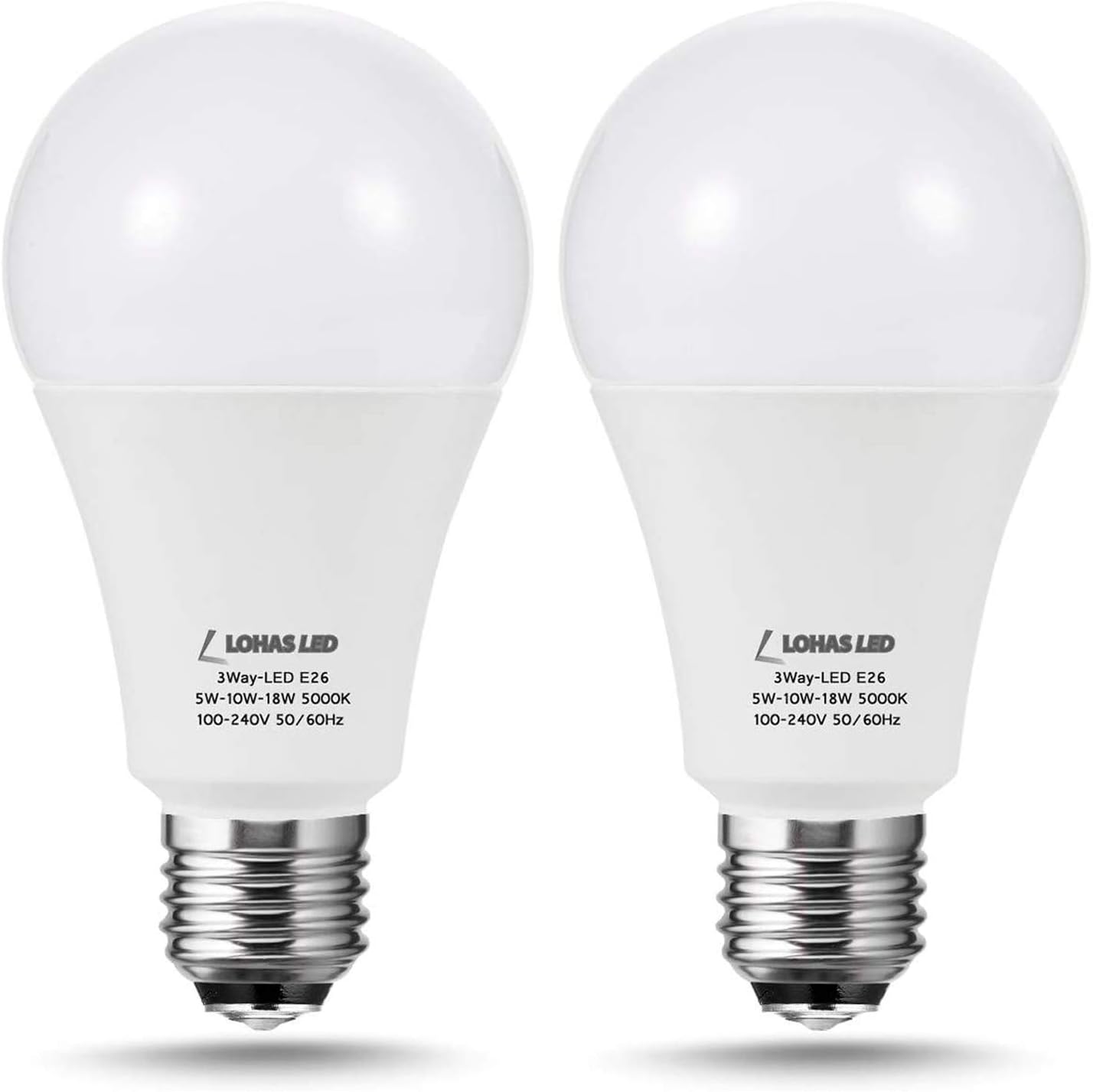
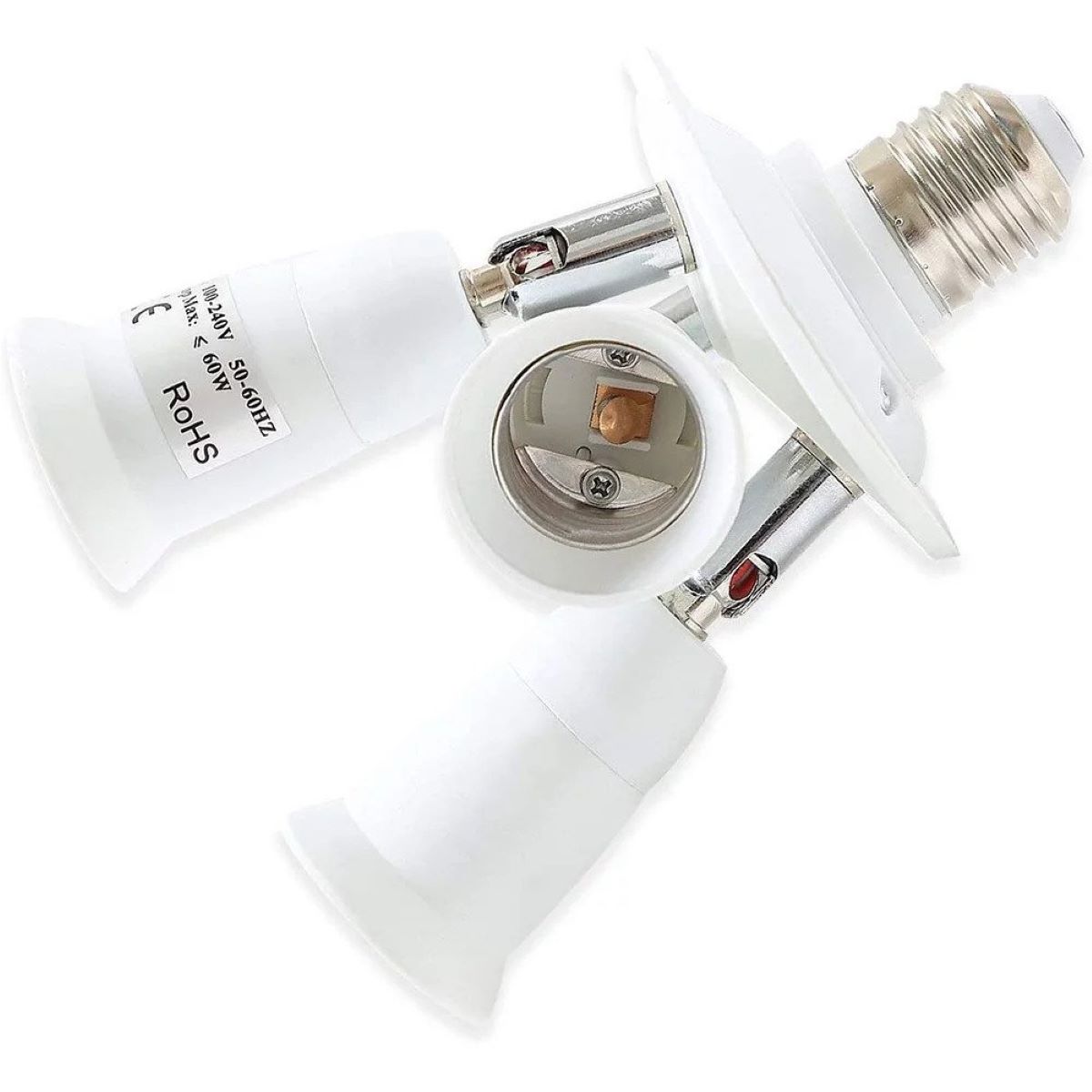
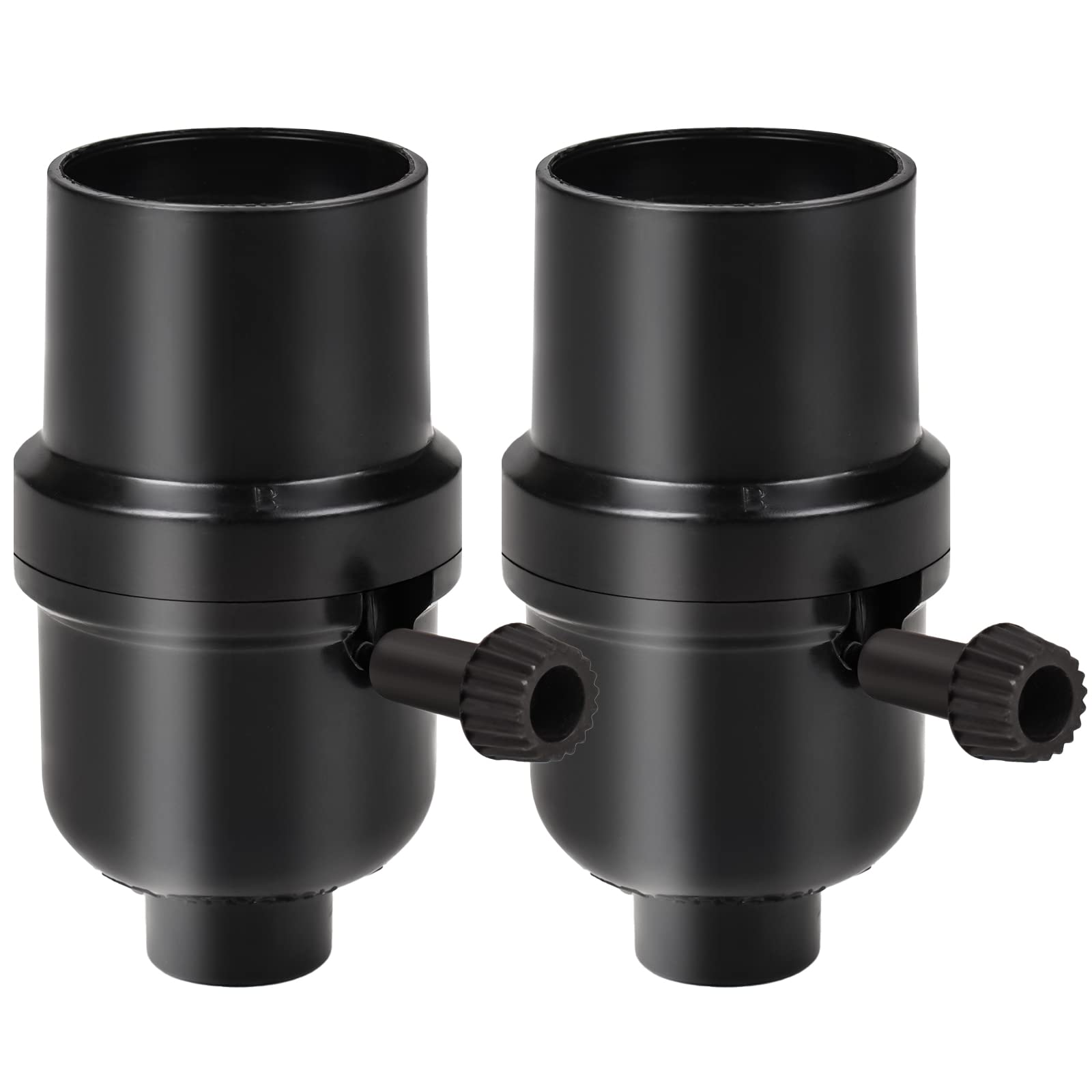

0 thoughts on “How Does A 3-Way Light Bulb Work?”